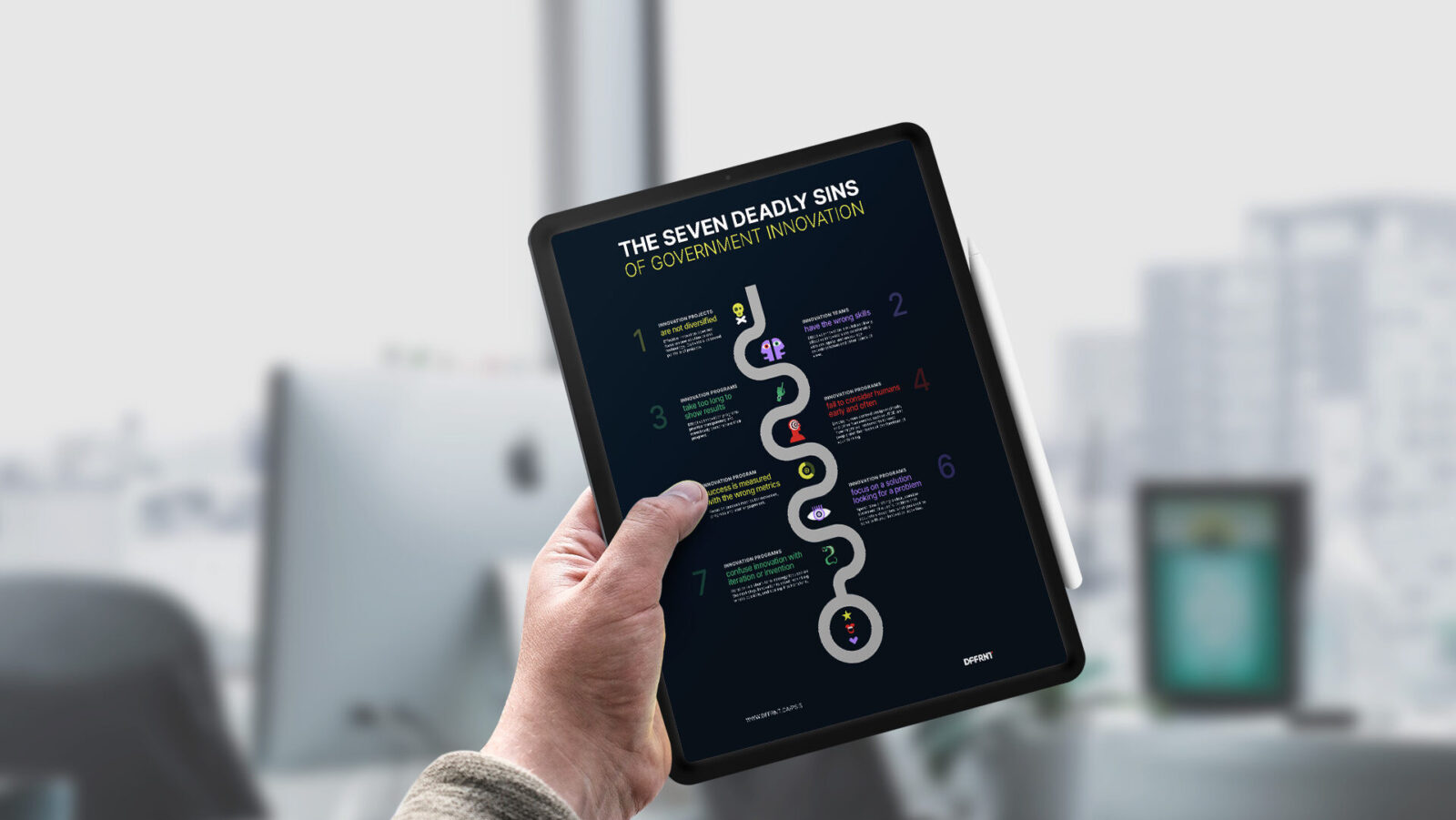Shaun Illingworth, co-founder, DFFRNT
When businesses move fast and things change quicker than ever, relying solely on past performance or current trends is a recipe for obsolescence. Innovation programs need different tools.
Strategic foresight is emerging as a critical discipline for organisations seeking to not only navigate uncertainty but also to proactively drive innovation and shape their future. It’s more than just predicting the future; it’s about having a disciplined and systematic approach to identify future opportunities, understand how to succeed, and build resilience against unforeseen disruption.
Innovation, loosely defined as generating and executing new ideas that create value, is essential for navigating new technologies and securing a competitive advantage. However, many companies struggle to move innovation beyond theoretical exercises or incremental improvements. This is where strategic foresight can position leaders to make informed decisions even in times of deep uncertainty.
The challenge lies in bridging the gap between foresight insights and actionable business results. Foresight shouldn’t just change perspectives; it must drive outcomes like new market expansion, innovation roadmaps, or M&A strategy. Effective foresight turns future visions into strategic actions, informing decisions today to achieve a desired future.
Blending this future-oriented mindset with practical tools can help drive action. Here are a few examples of foresight tools and techniques and how they can be leveraged for innovation:
“The value of innovation lies in its ability to provide actionable insights.”
Shaun Illingworth Tweet
-
Future Press Release: Inspired by Amazon’s “working backwards” approach, this involves envisioning a desired future outcome, like a breakthrough product or service, and writing a press release from that future date. This helps teams focus on what the customer wants first and understand the ‘why’ behind their work. Amazon has used this for industry-defining solutions like Kindle and AWS. This tool makes the future tangible and helps connect long-term visions with present-day actions and validated decision-making.
-
Moonshot Thinking & “What If?” Prompts: Strategic foresight can be leveraged to uncover ideas for radical innovation, including “moonshots” – big, bold ideas aiming for transformative solutions rather than just incremental improvements. “What if?” prompts encourage challenging existing assumptions and imagining alternate future scenarios to provoke bold thinking and find potential moonshots. Moonshots are an important element for driving radical innovation alongside business-as-usual efforts.
-
Fringe Sketching: This tool involves creating a network map connecting emerging signals to macro forces. Using a digital whiteboard, relevant data sources, images, and videos are added to the map. This helps in the early step of looking for signals and trends.
-
Scenario Planning: The most common and widely used foresight tool, scenario planning explores a range of plausible future trajectories. A popular approach involves writing scenarios based on company and industry specific knowledge, but this can lead to confirmation bias and a future resembling a linear extension of the current situation. A richer and more integrated framework combines scenario planning with other methodologies like Open Innovation and STEEP Analysis to anticipate disruption and act proactively. Foresight tools like scenario planning can help participants make actionable business plans by making various future scenarios transparent.
Integrating foresight into innovation programs requires a systematic approach. Organizations must be intentional in creating an innovation culture to overcome cognitive biases and encourage anticipation and involvement. Companies like Neste and Tamro demonstrate how embedding foresight can support innovation, competitiveness, and company-wide awareness of future trends and are a great source for innovation team leads.
Ultimately, the value of foresight for innovation lies in its ability to provide actionable insights across different time horizons, from near-term forecasts to long-term moonshots. By adopting foresight tools and fostering a future-ready mindset, organisations can enhance their ability to identify opportunities, test new solutions, and build the necessary capabilities to thrive amid uncertainty and lead the next wave of market disruptions. Implementing metrics like KPIs can help demonstrate the impact of foresight on decision-making and firm performance.
Innovation is too important to be left to chance. Leveraging strategic foresight in a structured, disciplined way, and integrating it with innovation processes and culture, is essential for building agile, resilient, and adaptable organisations that can shape their own future.

Download the "Seven Deadly Sins" Poster
A checklist for government departments and agencies planning or auditing their innovation initiatives



